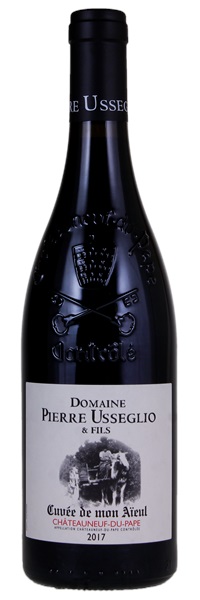Estimate

It's an extraordinary wine, offering a mammoth bouquet of kirsch liqueur, black raspberries, ground pepper, white flowers, and spice. Full-bodied, concentrated, and opulent on the palate, with silky tannins...a magical, elegant, layered wine that does everything right.
Licorice, chocolate and super ripe plums appear on the nose, while the palate is full-bodied and velvety, with a long, warm finish.
An expansive, spice-accented bouquet evokes ripe red fruits, incense and potpourri, and a smoky mineral element adds urgency. Juicy, seamless and appealingly sweet, offering concentrated raspberry, boysenberry and floral pastille flavors... Shows serious heft, but there's a distinctly graceful quality as well. Finishes sappy, gently tannic and extremely long, leaving a suave lavender pastille note behind.
...rich dark fruit and earthy notes with plenty of spice. Tarry notes as well. The palate has a very plush, ripe and rich feel with juicy, ripe dark berries and plums, really bathed in deep, long and smooth-honed tannins.
Sweet spice from oak influence on the nose, and candied fruit beneath. Lightly chewy palate, medium body with powerful black fruit that gives plenty of persistence. Juicy and fleshy.